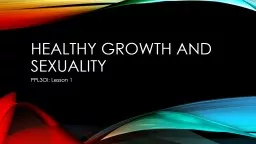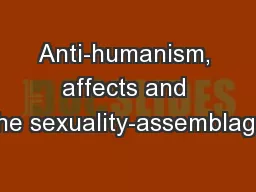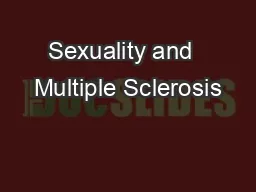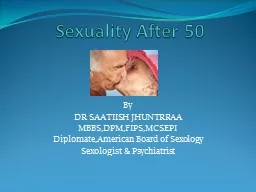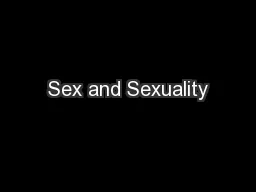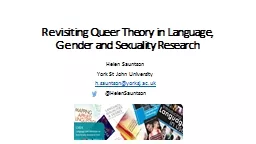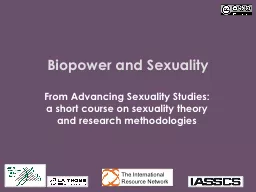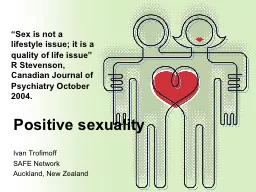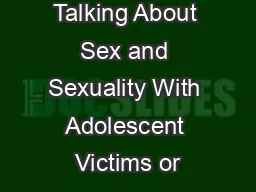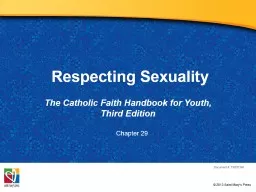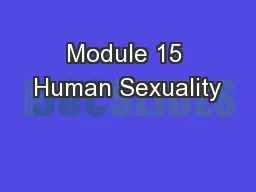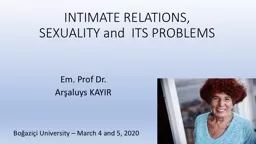PPT-Healthy Growth and sexuality
Author : yoshiko-marsland | Published Date : 2018-09-19
PPL3OI Lesson 1 Sexuality Defined When people see the words sex or sexuality they most often think of sexual intercourse Sexuality is much more than that It is
Presentation Embed Code
Download Presentation
Download Presentation The PPT/PDF document "Healthy Growth and sexuality" is the property of its rightful owner. Permission is granted to download and print the materials on this website for personal, non-commercial use only, and to display it on your personal computer provided you do not modify the materials and that you retain all copyright notices contained in the materials. By downloading content from our website, you accept the terms of this agreement.
Healthy Growth and sexuality: Transcript
Download Rules Of Document
"Healthy Growth and sexuality"The content belongs to its owner. You may download and print it for personal use, without modification, and keep all copyright notices. By downloading, you agree to these terms.
Related Documents

